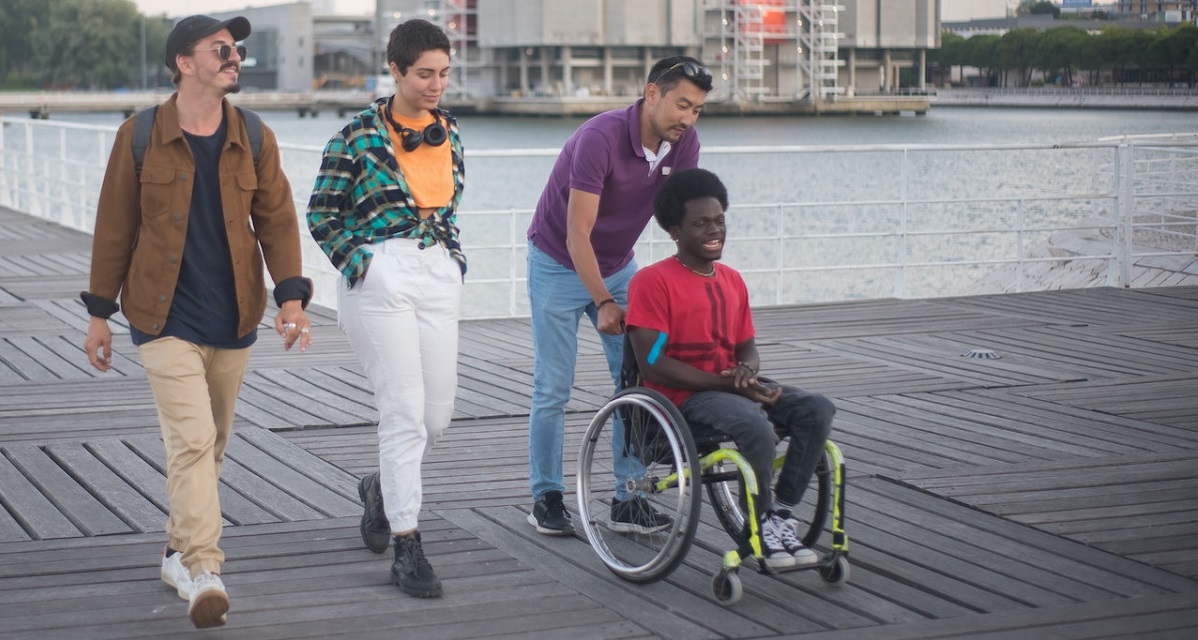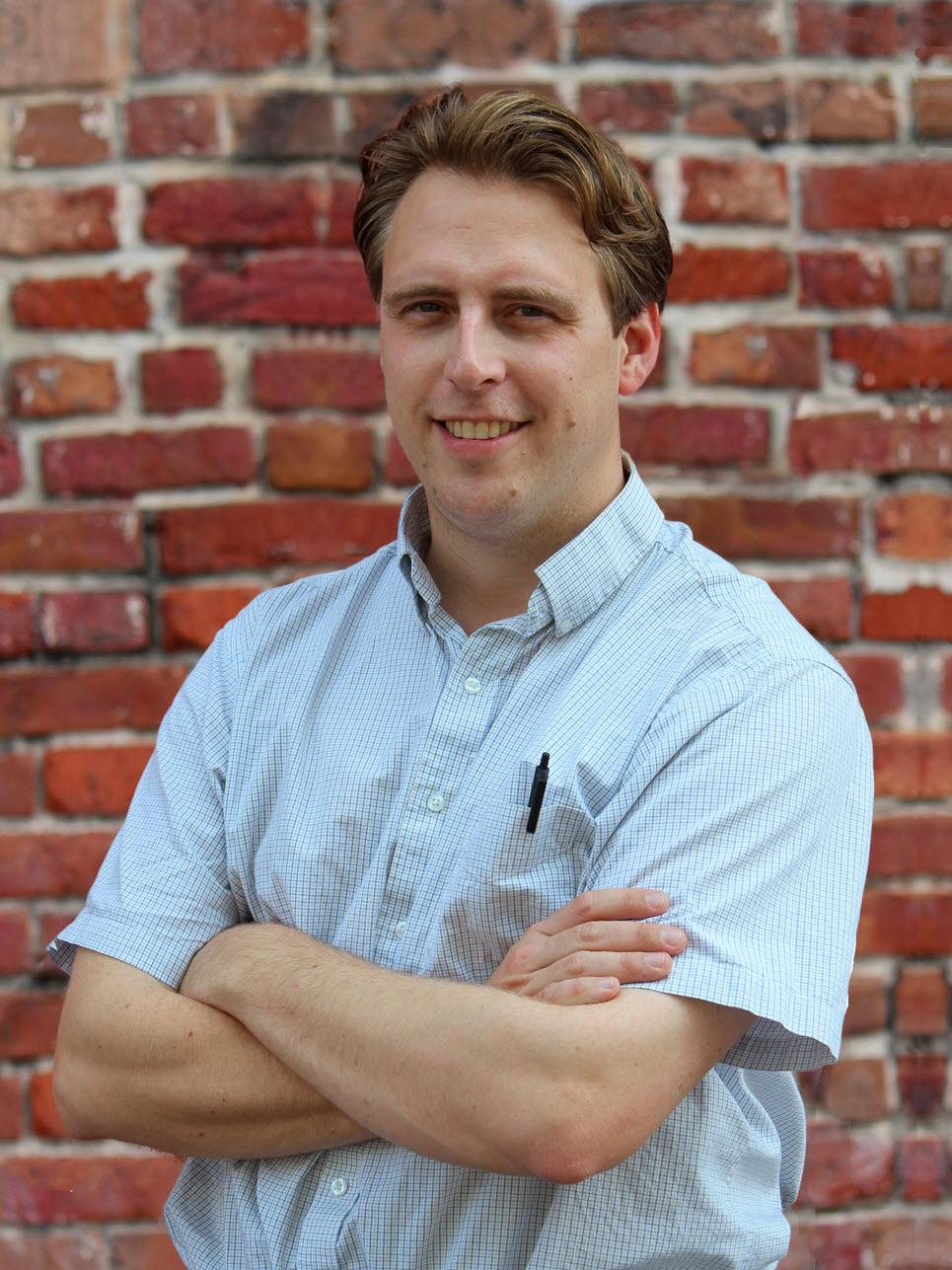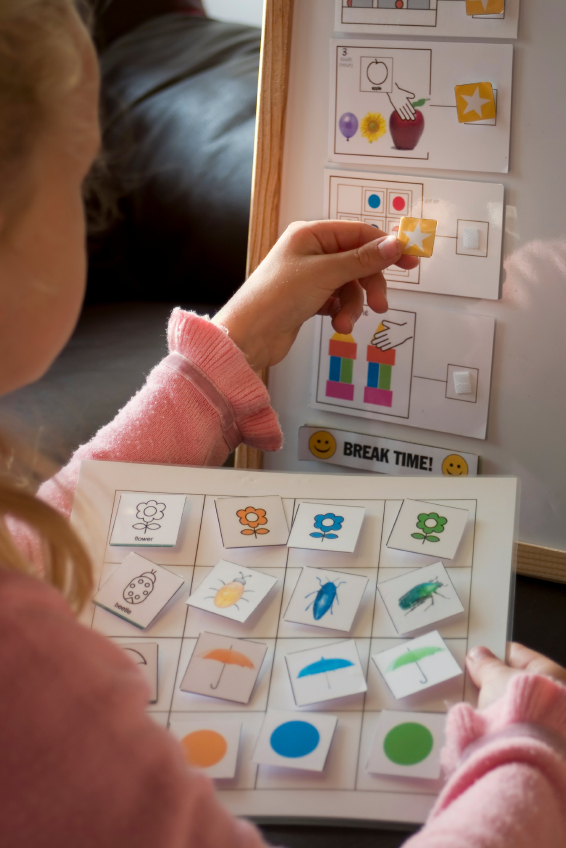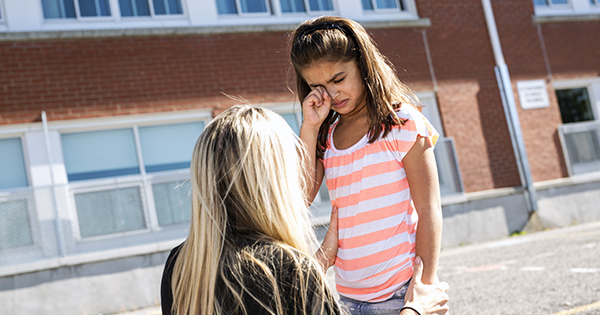
Special Education
Latest Articles

Deaf Educator: Job Outlook, Education, Salary

Inclusive Education for Special Needs Students

8 Tips for Working with Parents of Special Needs Children

Top 5 technology trends in special education

5 Strategies That Co-Teachers Can Use to Work Better Together

Help for Students With Speech Sound Disorders: Speech Buddies

How to Modify Your Classroom for High-Functioning Autistic Students

Meeting the Needs of Learning-Delayed Students: Neuro Touch

Hyperactivity or Something Deeper? Childhood Trauma Misdiagnosed as ADHD

How to Engage Gifted and Talented Students in the Classroom

A New Idea in Autism Intervention: Social Robotics

Advice on Making Elementary Special Education Lesson Plans

Advice on the Best Practices for Teaching Special Education

What to Consider When Looking at Special Education Teacher Jobs
